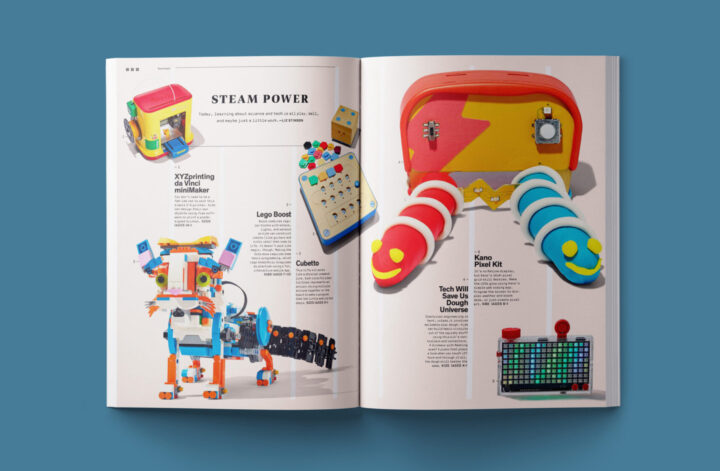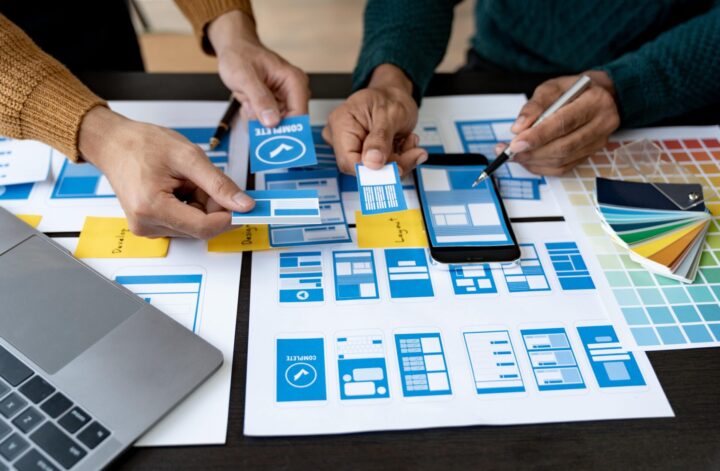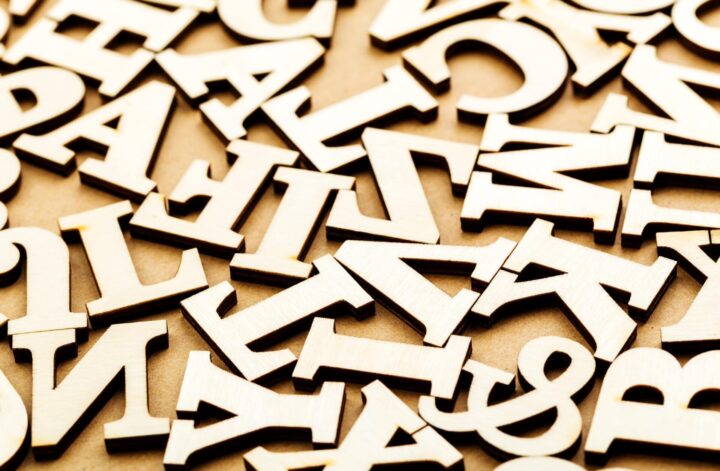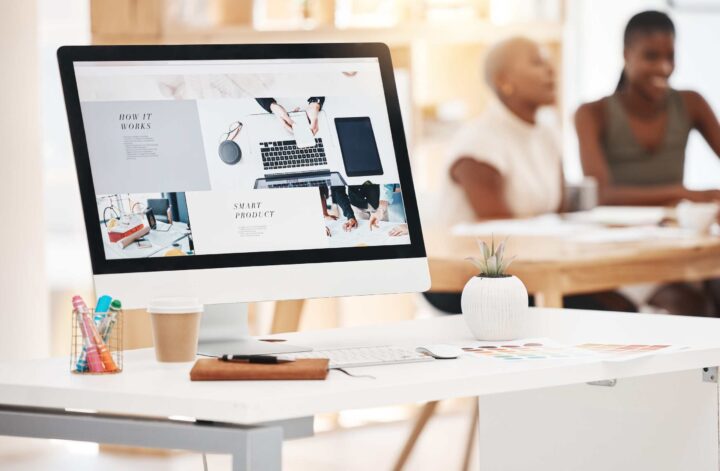Print layout design is not just an art, but a science as well. When designing a print layout, several factors come into play including typography, colors, graphics, and even whitespace. These elements must work together seamlessly to create a visually appealing and functional print layout.
Whether you are designing a book, brochure, or poster, a well-designed print layout can make all the difference in the impact and effectiveness of your message. In this blog post, we will be exploring the art and science of print layout design, and provide you with some tips and tricks to help you create a visually stunning print layout.
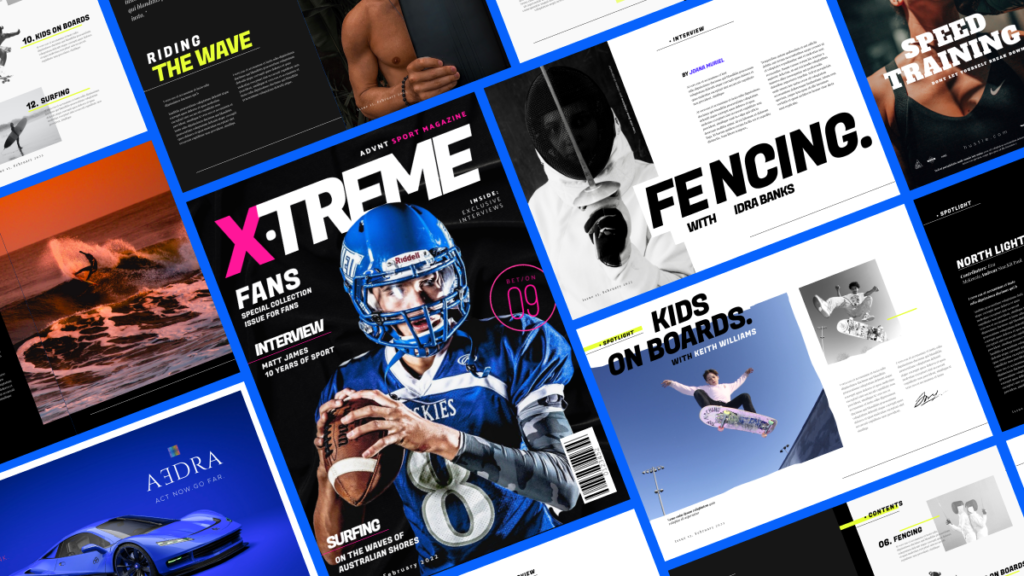
Keep it simple:
One of the most important things to keep in mind when designing a print layout is to keep it simple. While it may be tempting to add lots of colors and graphics, a cluttered layout can make your message difficult to read and understand. It is essential to be selective in the use of colors, typography, and graphics, and to ensure that each element works together harmoniously.
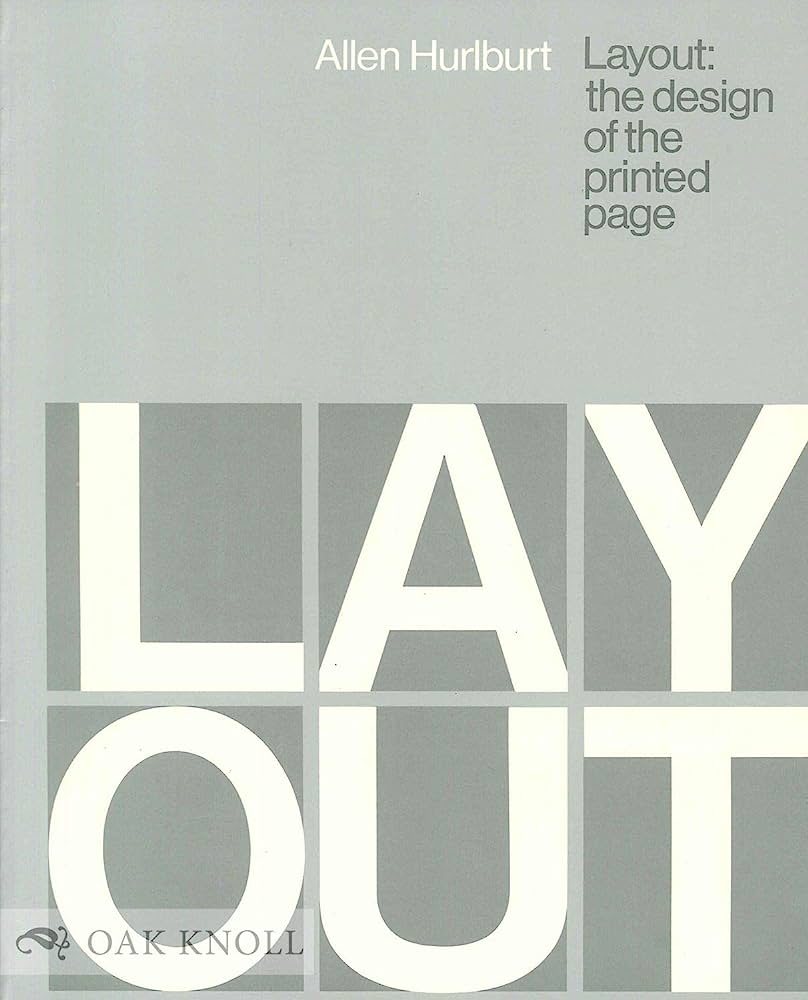
Pay attention to typography:
Typography is a crucial element in print layout design. The choice of font, size, and spacing can all have a significant impact on the effectiveness of your message. It is important to choose a font that is easy to read and complements the overall design of your layout. Additionally, the size and spacing of your typography should be carefully considered to ensure readability and impact.
Use whitespace effectively:
Whitespace, or the empty space around your design elements, is an essential element in print layout design. Whitespace can help to direct the reader’s attention to important elements of your layout and can also help to create a feeling of balance and harmony. When designing your layout, be sure to use whitespace effectively, and don’t be afraid to remove elements if necessary.
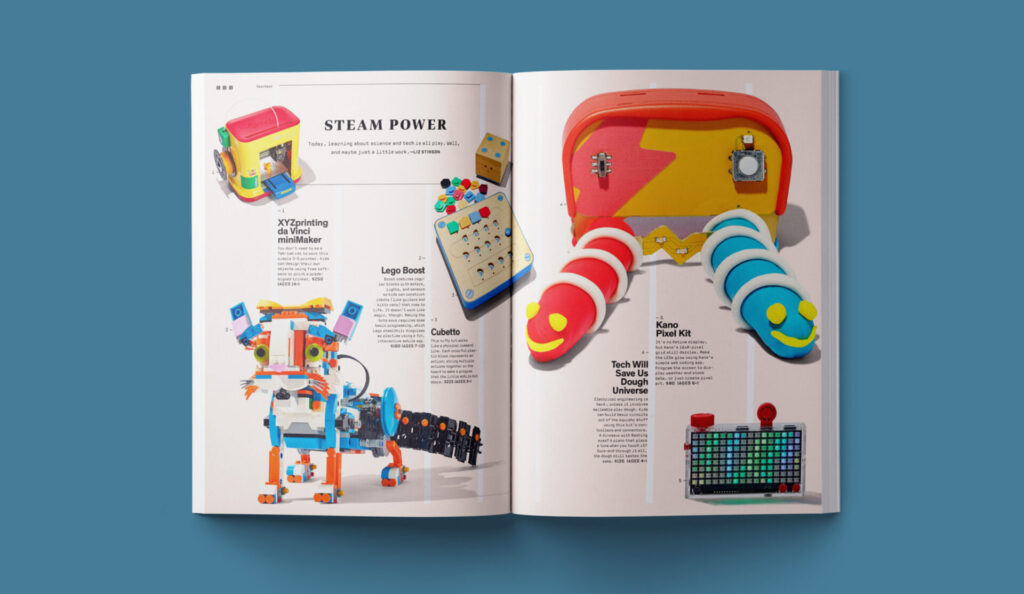
Balance is key:
A well-designed print layout should achieve a sense of balance and harmony between its various design elements. When designing your layout, be mindful of the placement of your graphics, typography, and whitespace. The key is to create a cohesive and balanced design that draws the reader in and directs their attention to the most critical aspects of your message.
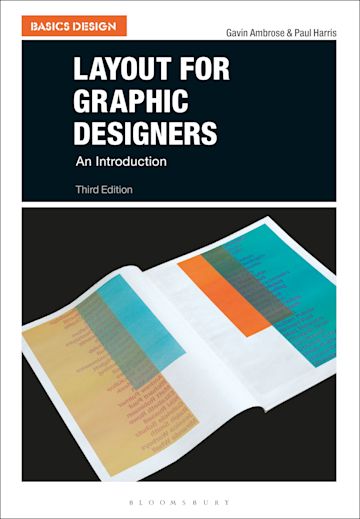
Test and revise:
Finally, it is essential to test your print layout and revise as necessary. Ask others to review your layout and provide feedback, and be willing to make changes as needed. A print layout that may look great to you may not necessarily be effective in conveying your message. Taking the time to test and revise your layout can ensure that it is effective and impactful.
Conclusion:
Creating a visually stunning and effective print layout can be a challenging task. However, by following the tips and tricks outlined above, you can create a cohesive and balanced design that captures your message and draws in your audience. Remember, simplicity, effective typography, whitespace, balance, and testing are all essential elements in creating a great print layout. Happy designing!

